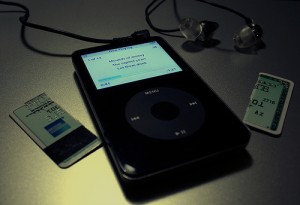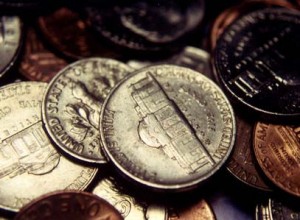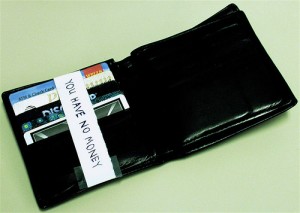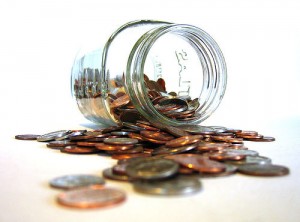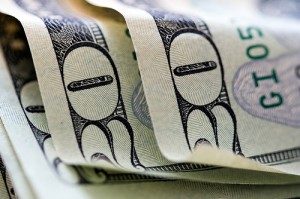This post was originally published on September 22, 2008.
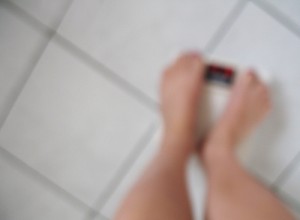 One of my first posts was about how I lost weight using basic budgeting skills. Now that I’m working to get healthier, I wanted to revisit the topic. Only this time I’m talking about why constant monitoring and reassessment are crucial to staying physically and financially fit.
One of my first posts was about how I lost weight using basic budgeting skills. Now that I’m working to get healthier, I wanted to revisit the topic. Only this time I’m talking about why constant monitoring and reassessment are crucial to staying physically and financially fit.
Here are some tips I’ve found helpful when managing my weight and my budget:
1. Be realistic.
Sometimes it’s necessary to go on a strict budget to pay down massive debt. You may have to cut all discretionary spending for a little while to overcome a major financial hurdle. However, if you try to maintain that level of restriction for too long, it’s harder to stay on track and meet your own high expectations.
Your best bet is to find a comfortable balance between necessary bills, discretionary spending, and saving. Maintaining a reasonable budget requires constant monitoring, but it shouldn’t be incredibly difficult or make you feel deprived.
2. Frequently monitor your progress to catch yourself before you veer too far off track.
Once you find a comfortable budget, it’s crucial that you measure your progress regularly. Without careful planning and monitoring, you could easily throw your entire monthly budget off track with one weekend of bad decisions. Imagine how bad it could get if you just stopped monitoring your spending for months at a time.
Just as you check your budget frequently to make sure you’re not overspending, you must weigh yourself regularly. A slight increase in weight could alert you to a problem in your diet and activity before you veer off track to an unmanageable degree.
3. The longer you avoid the problem, the harder it is to resolve.
It’s much easier to pay off your credit card balance every month than it is to pay down several thousand dollars of debt that’s accrued over months or years. It’s also a lot harder to lose weight when the pounds have packed on over time. Overcoming a 1-pound weight gain usually just involves watching what you eat closely for a few days. It’s a lot harder to get back on track if you wait until you’re 40 pounds overweight.
4. Constantly adjust according to your changing needs.
When it comes to budgeting, everybody knows that you can’t continue spending the same after a major pay cut. When your income decreases, your spending must decrease, too. Likewise, when you welcome a new baby, your discretionary spending is probably going to take a hit to accommodate for diapers and formula.
You must find the same balance between activity and calorie intake for weight management. I first started struggling to maintain my weight after my job changed two years ago. In retail, I was on my feet 8 hours a day running around the store, moving heavy objects, and constantly moving. I didn’t watch my diet as closely as I should have, but the constant activity made it easy to keep extra weight off. Now that I’m sitting at a desk all day instead of moving, I need to seek out more activity outside of my job and become mindful of what I eat to avoid weight gain.
5. Sticking to it and making the right choices are the hardest parts.
Everyone knows that the easiest way to stay ahead of the game financially is to spend less than you make. We also know that the best way to maintain a healthy weight is to burn more calories than you consume. It all sounds so easy when you break it down into those simple equations, doesn’t it? The truth it, it’s not that easy.
The part that’s left out of that equation is the constant struggle every day to make the right choices and stick to your commitment. After all, if it was as easy as it sounds, nobody would struggle with their weight or their finances.
The best thing that weight control and budget management have in common? They’re both totally worth the struggle.
